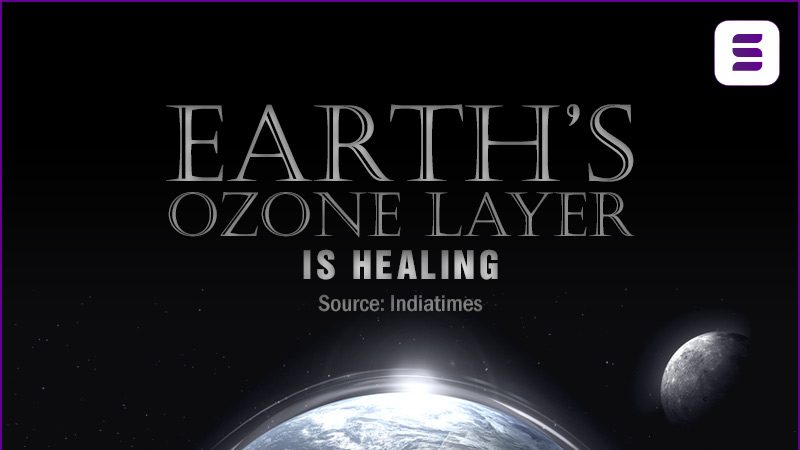1. Pangolins and red pandas are some of the most trafficked animals in the world. Both are distinctive mammals that are endemic to the eastern Himalayas, and both are threatened by a combination of geographic and socioeconomic factors fuelling illegal wildlife trafficking.

2. In 1992, Singalila Wildlife Sanctuary (SNP), part of the eastern Himalayas in Darjeeling, West Bengal, was declared a national park. In 1994 SNP was declared a major wild habitat for red pandas.

3. Official figures on the number of red pandas and pangolins are not available, as SNP authorities and the Darjeeling Wildlife Division are reluctant to make the information public.

4. But, according to media reports, the number of wild red pandas across SNP and Neora Valley National Park in Kalimpong is 40-45.

5. The International Union for Conservation of Nature (IUCN) lists the red panda as endangered, and India is estimated to have 5,000-6,000 red pandas in total.

6. In 1994, Darjeeling Zoo started a red panda conservation breeding programme. By 2003, it had 22 red pandas and decided to release two zoo-born females into the wild.

7. Two more females were released in 2004 and a further four pandas were supposed to be released in October 2019. Despite these efforts, the red panda population in the national park shows no signs of increasing.














